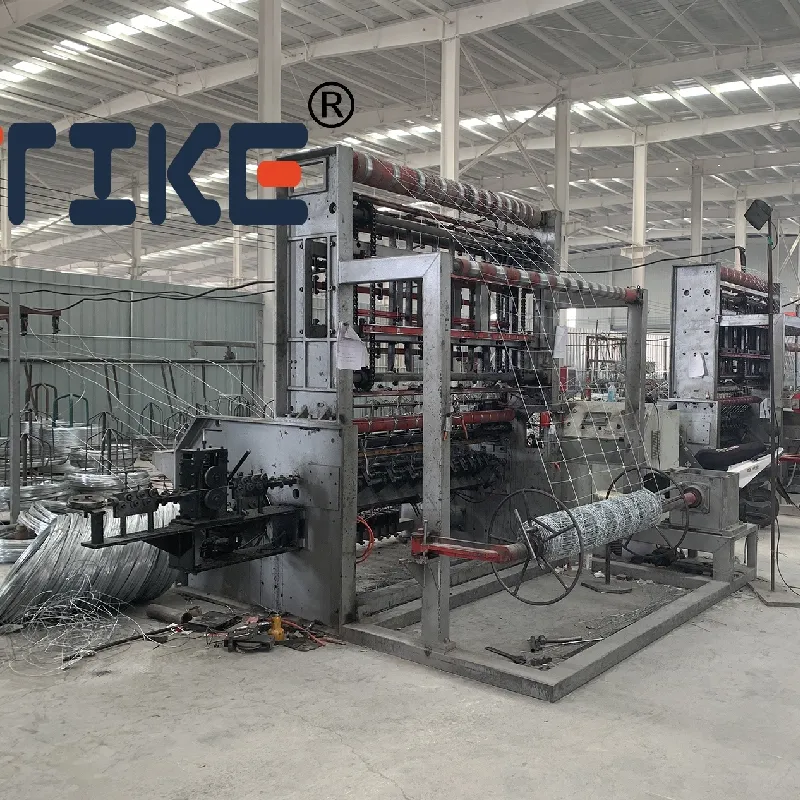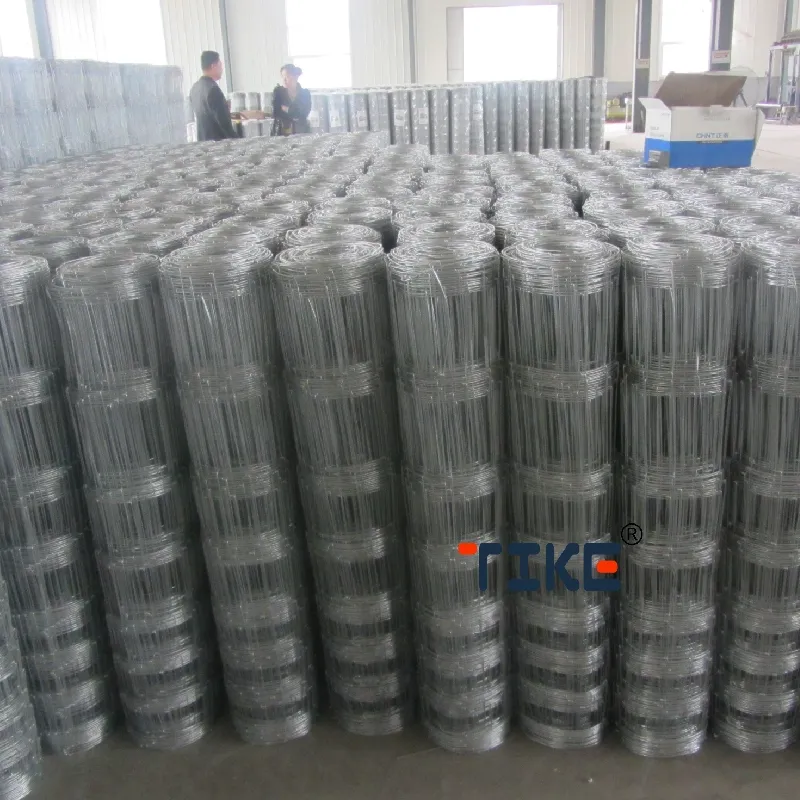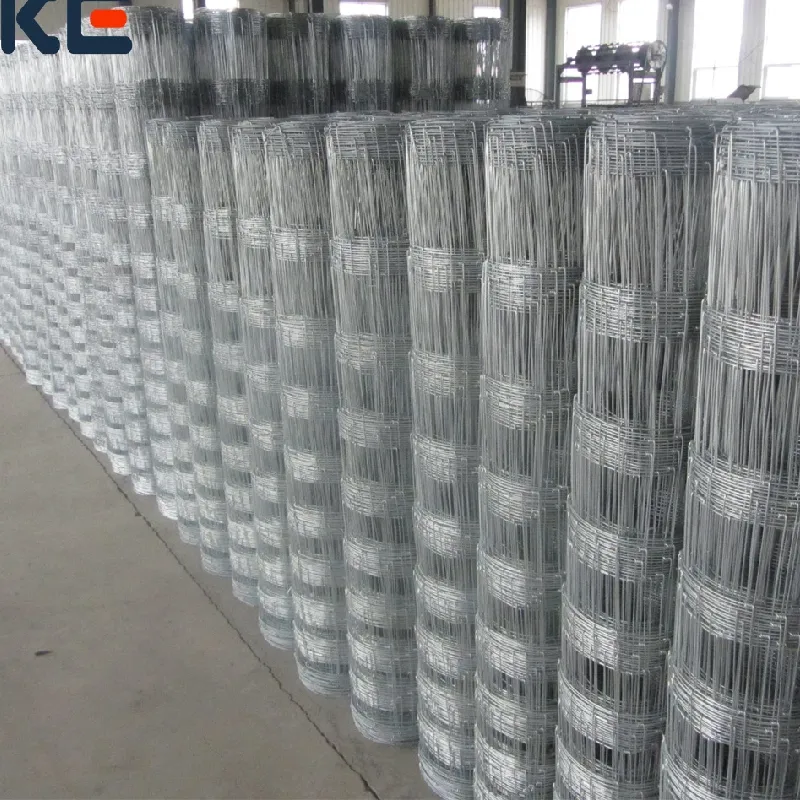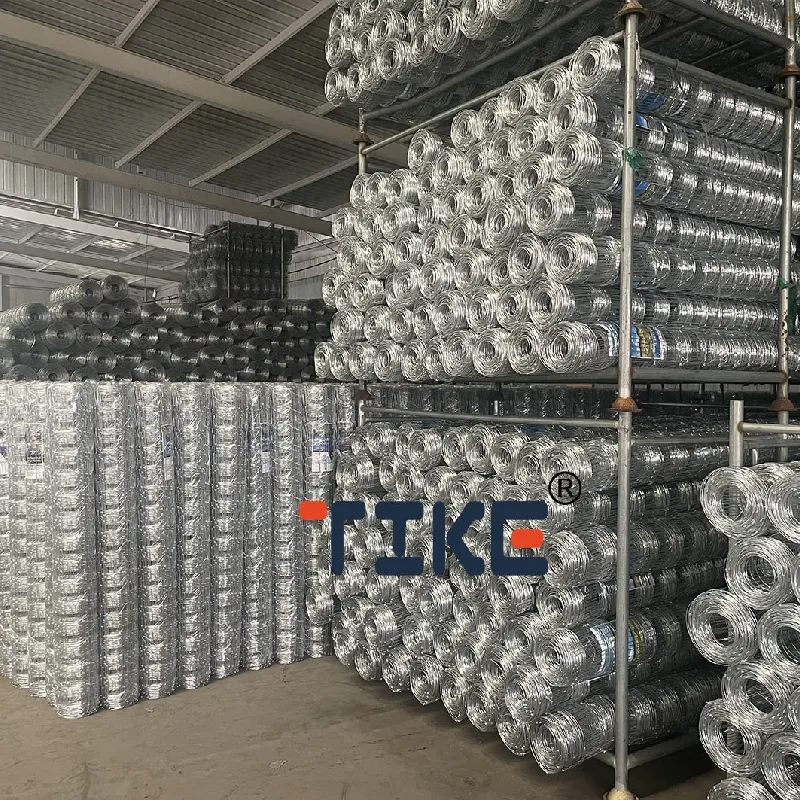You can tell a lot about a ranch by its fences. The good ones disappear into the land and just work. That’s the bar for a reliable Cattle Fence today—durable wire, clean knots, no drama during calving season or when the bull gets ideas. I’ve walked enough fence lines to know the difference, and—honestly—the market has shifted in the past five years.

| Height | 42–60 in (≈1.07–1.52 m) |
| Roll length | 330 ft (≈100 m) standard; others on request |
| Mesh spacing | Graduated: 3 in bottom to 7 in top (real-world use may vary) |
| Wire tensile strength | Top/bottom line 120–160 ksi (≈830–1100 MPa); stay wires 90–120 ksi |
| Coating | Zinc or Zn-Al; ≈230–260 g/m² typical per EN 10244-2 Class A |
| Knot type | Hinge joint standard; fixed-knot optional |
| Recommended post spacing | 10–16 ft (terrain and stock pressure dependent) |
| Service life | 15–25 yrs inland; 8–15 yrs coastal (maintenance matters) |

Pastoral grasslands (of course), rotational grazing lanes, dairy perimeters, feedlot buffer zones, roadside right-of-way protection, and mixed-stock boundaries with calf security at the base. Many customers say the tighter bottom grid saves them from surprise night checks—less crawling under.
Material: high-carbon steel rod drawn to wire; knots formed under controlled tension. Coatings per ASTM A641/EN 10244-2, with optional hot-dip galvanizing per ISO 1461 for hardware. Typical pull test at the knot: ≈1.0–1.2 kN before distortion. Salt-spray verification can follow ISO 9227 when requested. Conformity against ASTM A116 for woven field fence patterns. Honestly, the quiet hero is consistent tensioning—keeps sag at bay after the first freeze-thaw.
| Vendor | Origin | Avg coating | Tensile (line) | Certs | Lead time |
|---|---|---|---|---|---|
| Tike Metal | East side of Baoheng Road, Zhaobazhuang Village, Tangfeng Town, Shenzhou City, Hengshui, Hebei | ≈230–260 g/m² | 120–160 ksi | ISO 9001; CE (on request) | Around 2–4 weeks |
| Vendor X | Imported | ≈180–220 g/m² | 90–120 ksi | Basic QC | 3–6 weeks |
| Vendor Y | Regional | ≈200–240 g/m² | 110–140 ksi | ISO 9001 | 2–5 weeks |

Height to 72 in for high-pressure borders, mixed-spec rolls (e.g., heavier top wire), deer-exclusion add-ons, Zn-Al coating for coastal, and pre-attached clips for T-posts. I guess the sleeper option is fixed-knot for predator-prone areas—it’s stiff but worth it.

Feedback-wise, ranch managers keep telling me the payoff is fewer escapes and fewer weekend fixes. Not glamorous, but that’s the job a Cattle Fence should do.
References include ASTM A116 (field fence), ASTM A641 (zinc-coated wire), ISO 1461 (hot-dip galvanizing), EN 10244-2 (coating classes), and USDA NRCS Fence 382 for practice guidance.
RELATED PRODUCTS